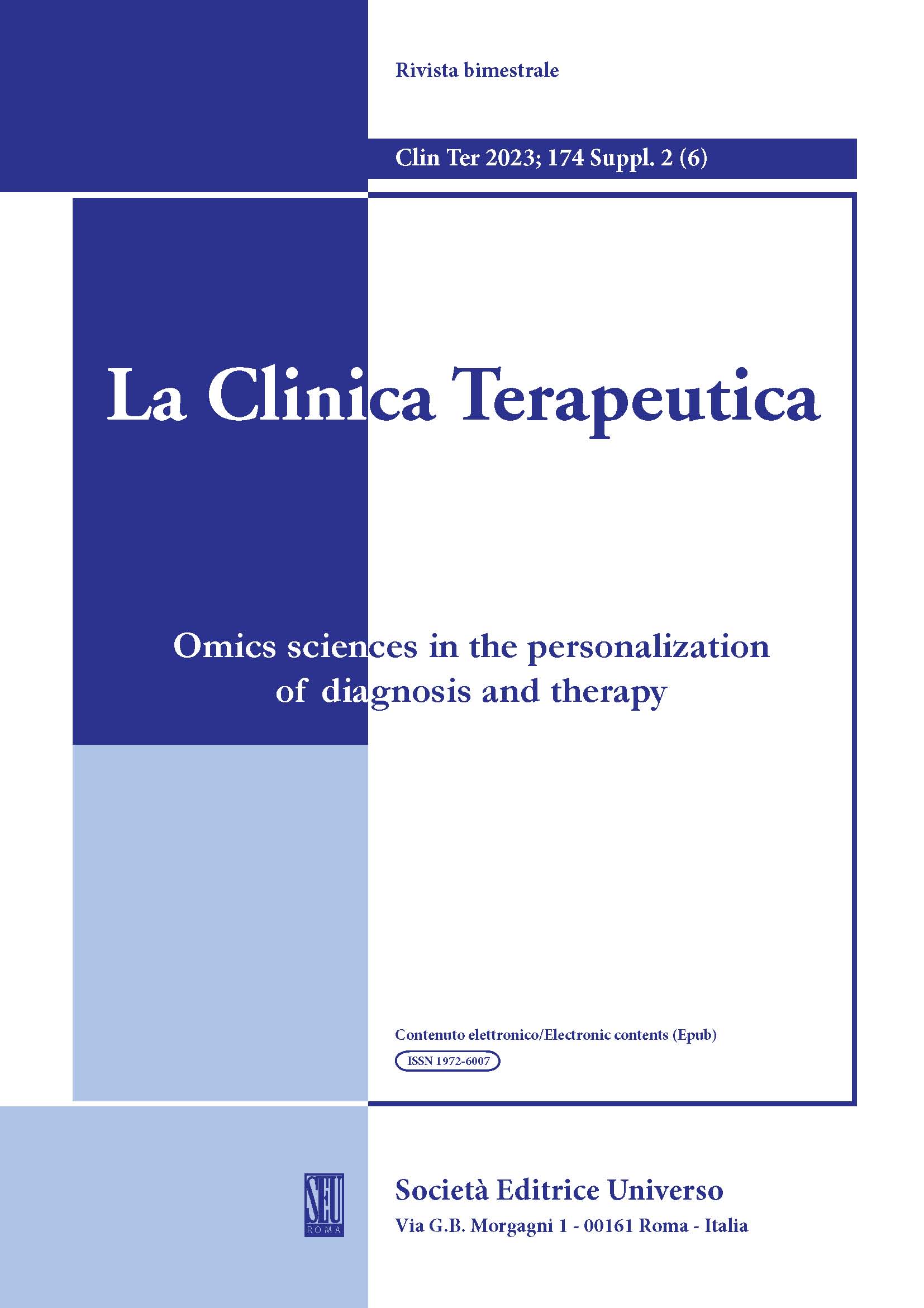Abstract
The legume tree known as carob (Ceratonia siliqua L.) is indigenous to the Mediterranean area and over the centuries its pods had been traditionally used mostly as animal feed. However, it has gained great attention in human nutrition due to the molecular compounds it contains, which could offer many potential health benefits: for example, carob is renowned for its high content of fiber, vitamins, and minerals. Moreover, in traditional medicine it is credited with the ability to control glucose metabolism and gut microbiome. Modern science has also extensively acknowledged the numerous health advantages deriving from its consumption, including its anti-diabetic, anti-inflammatory, and antioxidant properties. Due to its abundant contents of pectin, gums, and polyphenols (such as pinitol), carob has garnered significant attention as a well-researched plant with remarkable therapeutic properties. Notably, carob is extensively used in the production of semi-finished pastry products, particularly in ice cream and other creams (especially as a substitute for cocoa/chocolate): these applications indeed facilitate the exploration of its positive effects on glucose metabolism.
Our study aimed at examining the effects of carob extract on intestinal microbiota and glucose metabolism. In this review, we conducted a thorough examination, comprising in vitro, in vivo, and clinical trials to appraise the consequences on human health of polyphenols and pectin from different carob species, including recently discovered ones with high polyphenol contents. Our goal was to learn more about the mechanisms through which carob extract can support a balanced gut flora and improve one’s glucose metabolism. These results could influence the creation of novel functional foods and dietary supplements, to help with the management and prevention of chronic illnesses like diabetes and obesity.
